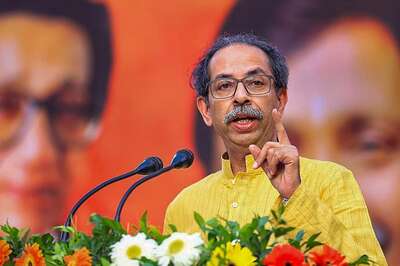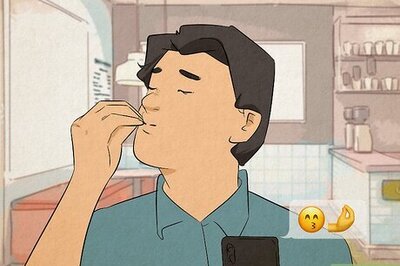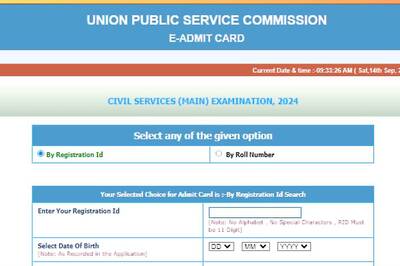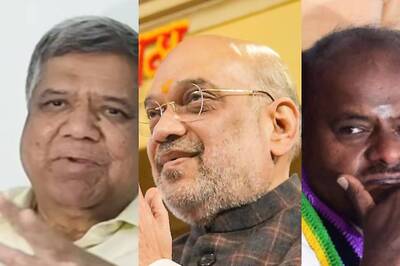
views
The recent cabinet reshuffle in the second term of the Narendra Modi government can be read in three ways. First, of course, is a point that has been emphasized by this government—that the reshuffle is an exercise to improve governance and deliver on the government’s development agenda.
Second, it sends across a message that the Bharatiya Janata Party (BJP) no longer wants to be stereotyped as a ‘Brahmin-Bania’ party. It wants to be seen as providing space to the Other Backward Classes, Scheduled Castes, Scheduled Tribes and minorities.
Third, the representation to OBCs, SCs and STs is reflective of democratic politics. Together, they constitute a significant percentage of the total population and it is only fair that in a democracy their political aspirations are addressed. That’s why Prime Minister Narendra Modi’s new council of ministers comprises 12 ministers from Scheduled Castes, eight from Scheduled Tribes and 27 from OBCs. Women and youth who also constitute a large part of the Indian population have also been given space in the council of ministers.
Social Justice as a Strategy
Political parties like the Samajwadi Party, the Bahujan Samaj Party and the Rashtriya Janata Dal have always claimed that social justice is their fulcrum. These parties have mounted their election campaigns on the idea of social justice—from Lalu Prasad Yadav to Kanshiram and Mayawati.
The BJP has not only understood this but it wants to better it by combining social justice with a stake in democratic politics. Those have benefitted from social justice movements of the 1980s and 1990s—when Lalu Prasad Yadav said vikas nahin, samman chahiye—now aspire for political mobility and a share in decision-making. And, the BJP is ready to provide a political springboard to these communities, namely the OBCs, SCs and STs. In fact, the BJP wants to widen the net of social justice by giving political representation to not just the numerically dominant communities among the OBCs, STs and SCs, but also the marginalized and the Most Backward Castes (MBCs).
This explains why ministers from non-Jatav and non-Yadav communities—Jatavs and Yadavs are the dominant Dalit and OBC communities in Uttar Pradesh—were inducted in Narendra Modi’s council of ministers. Lodhs (B.L. Verma), Kurmis (Anupriya Patel, Pankaj Chaudhary) and Pasis (Kaushal Kishore), who are numerically important and have political aspirations, got accommodated in the expanded council of ministers.
Social Justice vs Hindutva?
Ahead of the Uttar Pradesh elections, this shows that the BJP is aggressive in its outreach. The inclusion of members from non-dominant and marginalized communities also challenges the conventional binary of Hindutva versus social justice.
The BJP through this recent reshuffle has shown that Bahujan communities, who have aspirations beyond a bangla (bungalow) and lal batti, can participate in governance and decision-making. This takes the politics of development a step further. Because as ministers, members of these communities now have the power to allocate resources as well. Over a period of time, this will result in greater representation and political exposure for members of these communities.
Therefore, the impact of the cabinet reshuffle may not just be seen in the forthcoming elections in Uttar Pradesh, but across several elections in different parts of the country in the run up to 2024.
Read all the Latest News, Breaking News and Coronavirus News here.




















Comments
0 comment